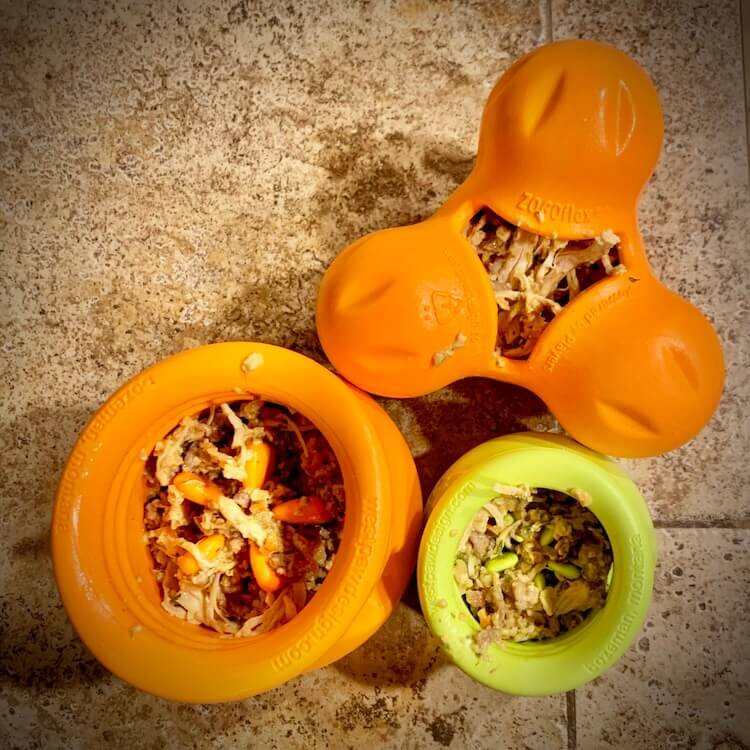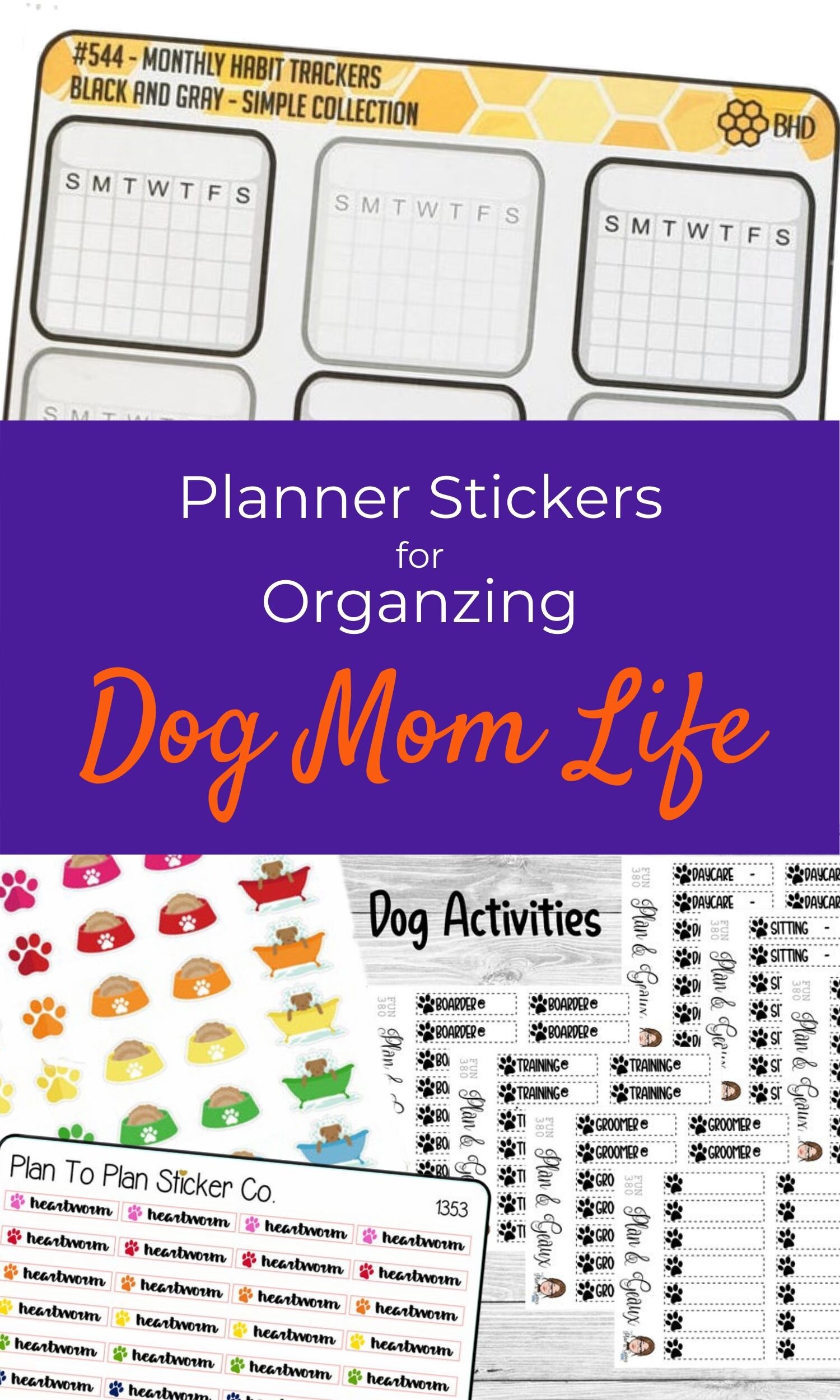Home Spaw Experience: Relieve Itchy Dog Paws
/After walks through the dense Sonoran Desert flatland of older neighborhoods with no sidewalks, local parks, and hiking trails, desert dogs have dirty paws!
When you’re roaming around Tucson, dogs pick up all sorts of debris, including cactus bits, burrs, and pollen. Not to mention all of the allergens we may not readily see like fertilizers, herbicides, and pesticides that dogs walk through constantly.
When Matthew and I noticed Bernie compulsively licking and chewing his paws, we started experimenting with how to clean dog paws. Our guy needed relief! But how do you stop a dog from licking his paws?
This post may contain affiliate links, which means at no additional cost to you, I may earn a small commission if you click through and purchase something. Please see my Affiliate Link Disclosure policy for more details.
Searching for the magic paw potion
Initially, I searched for a balm for dog paws that would magically soothe irritated dog paws and provide relief for dry dog pads. I spent well over $100 for ointments that did nothing to stop my dog from licking his paws.
If anything, these solutions aggravated the problem. Bernie spent more time licking and chewing his paws after each application, and even Lizzie would start biting at her paws.
What about booties to protect dog paws from the heat?
While some people have great success with getting their dogs to wear booties to protect their paw pads from hot surfaces, Bernie will have none of that. I purchased some dog boots, but Bernie was clearly miserable with them on.
What I finally realized was that I needed a long-term affordable solution for getting all of the desert debris and allergens out of their dog paws.
Perfecting our home remedy for itchy dog paws
Dr. Karen Becker posts numerous helpful tutorials and tips for pet owners on social media. She recommends different types of foot soaks depending on the condition of your pet’s paws.
We implement two different kinds of paw soaks for our two Australian Labradoodles.
This first paw bath is actually the one we use most frequently. During the summer months, I may be giving the dogs paw soaks 3-4 times a week.
Brush the dogs after our walk to remove cactus burrs and bits
Begin filling our bathtub with about an inch of cool water
Make sure our K&H pet cots are in the kitchen
Add vinegar or apple cidar vinegar to the bathtub to raise the liquid level another inch creating approximately a 50/50 water:vinegar mixture
Let the dogs soak in the tub for 5-6 minutes
Rinse their paws
Pat dry
Send them to Place on their K&H pet cots to fully dry
The vinegar or apple cidar vinegar acts as a natural disinfectant. Your grocery store sells gallons of this good stuff at affordable prices. You don’t need a name brand. The generic store brand will work just as well.
If your dog has any cuts or wounds on their paw pads, though, I would not use vinegar since that will sting.
Instead use this second paw bath technique that uses povidone iodine, an affordable solution if you buy the generic version in the gallon size on Amazon.
This second paw bath we use about every six weeks. We replace the vinegar with povidone iodine because it’s a safe option for a non-stinging antifungal and antiviral treatment.
If we detect that nacho chip smell on the dogs’ paw pads, we use this second treatment option as well. That nacho chip smell indicates a potential yeast infection on dog paws, so we like to use the stronger disinfectant.
Brush the dogs to remove obvious debris
Begin filling our bathtub with about two inches of cool water
Make sure our K&H pet cots are in the kitchen
Add just enough povidone iodine to the bath water to get a light iced tea color
Let the dogs soak in the tub for 5-6 minutes
Rinse their paws thoroughly to prevent yellowing of their hair
Pat dry
Send them to Place on their K&H pet cots to dry more thoroughly
Another note about povidone iodine: The fancy name brand for povidone iodine is Betadine First Aid Solution. If you have a bottle of Betadine around your house, paw soaks are a great way to use up this solution. However, Betadine is definitely more expensive.
Three more tips for desert dogs
If you notice rough dog paws or dry dog pads, buy some organic avocado oil.
I’ll put a few drops on my finger tips and massage into Bernie and Lizzie’s paw pads about once a week for most of the year. During summer months, I may apply the avocado oil a little more frequently.
If I suspect they may have a yeast infection on their dog paws, then I’ll skip adding anything topical to their paw pads while I wait for the nacho chip smell to go away.
Some people prefer using coconut oil to massage dog paw pads. Bernie loves coconut oil, though. Given how easily inclined he is to licking his paws, I avoid putting anything on his paws that incentivizes him to lick and chew.
Carry a tweezers with you on every walk!
The Sonoran Desert jumping cholla may look all fuzzy wuzzy, but it is not. I despise this plant that some call the teddy bear cholla.
See the segments on the ground? Those prickly burrs easily break off this cactus. If you're the poor person who brushes too close, you'll find the burrs stuck all over you. A truly painful experience! Even worse, if you get them off you, but they're still on the ground near you, they really can "jump" toward your legs.
Lizzie has been unfortunate enough to have jumping cholla burrs stuck to her paws and the side of her face. I don't let the pups anywhere near these cacti, so her encounters were with burrs on the ground, so they were not deeply embedded. So far, our girl has been a champ letting me pull each burr away in one swift motion with sharp tweezers.
Finally, consider rattlesnake avoidance training to keep your dog safe.
Both Bernie and Lizzie have had rattlesnake avoidance training. While the only rattlesnake we’ve seen was in our back yard, we’ve passed various snakes on numerous walks.
































